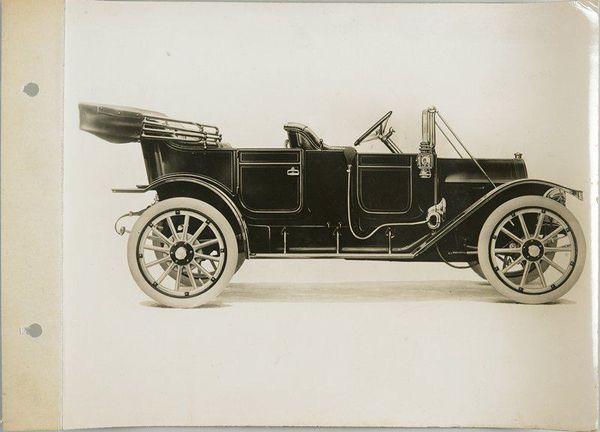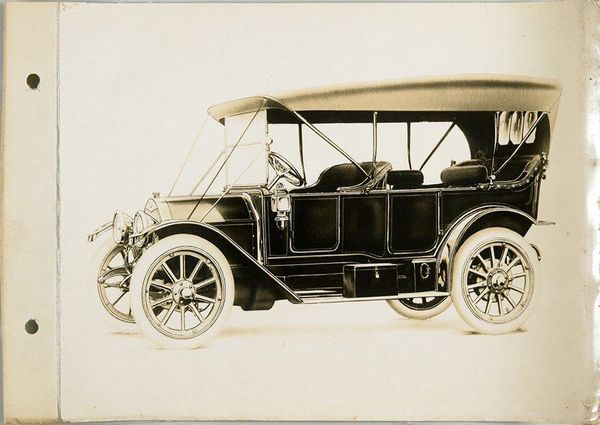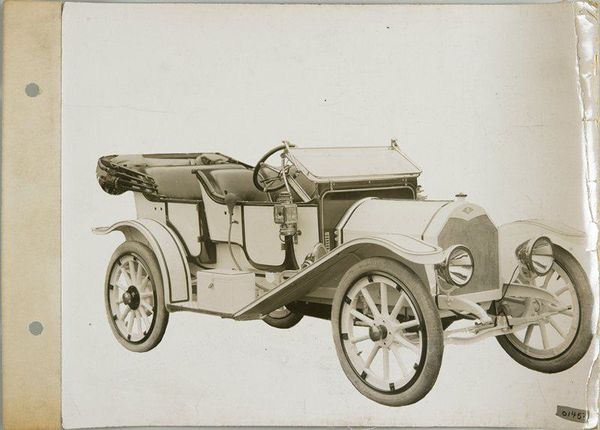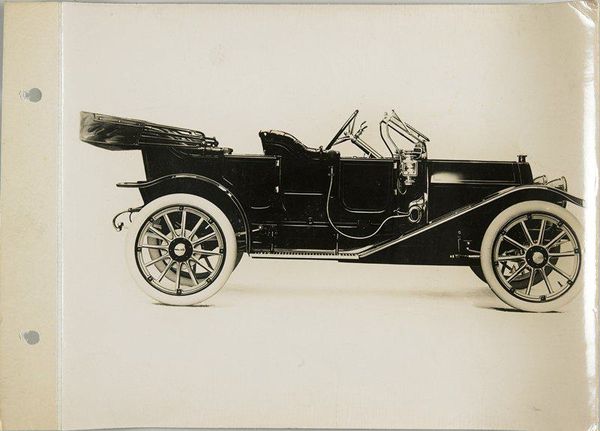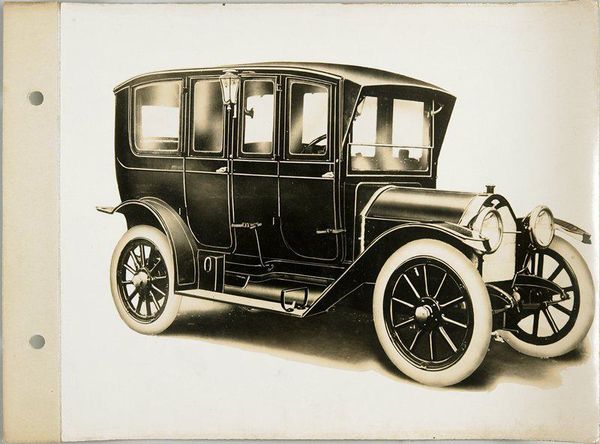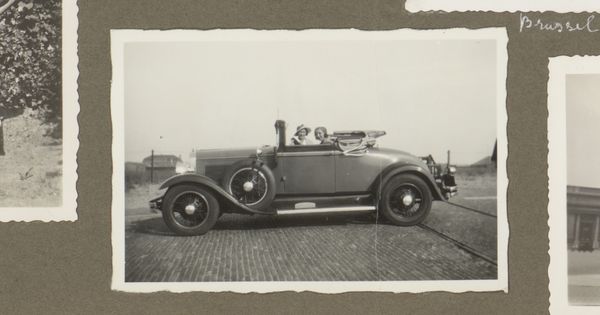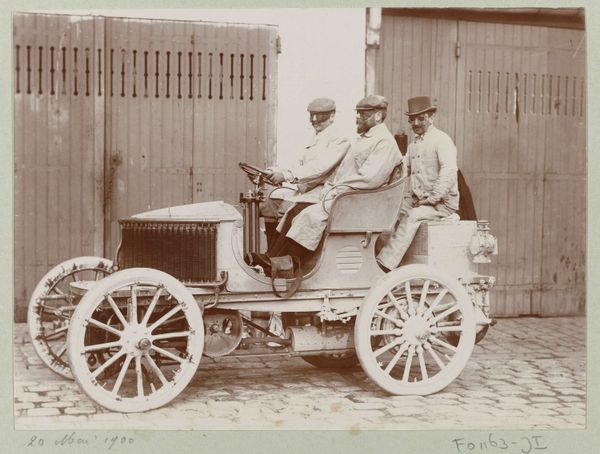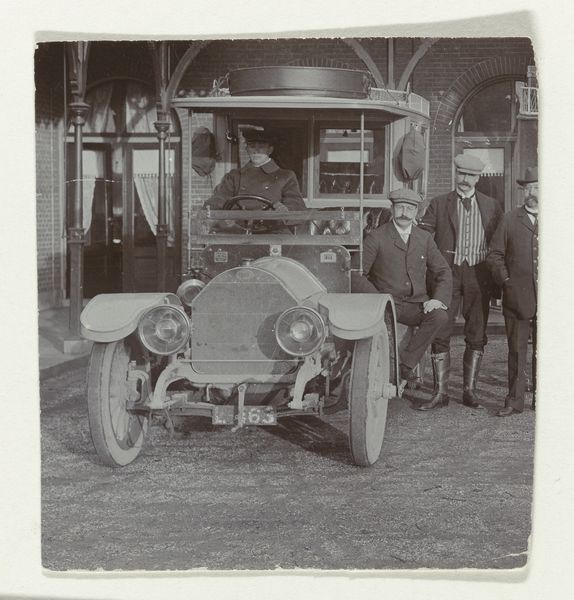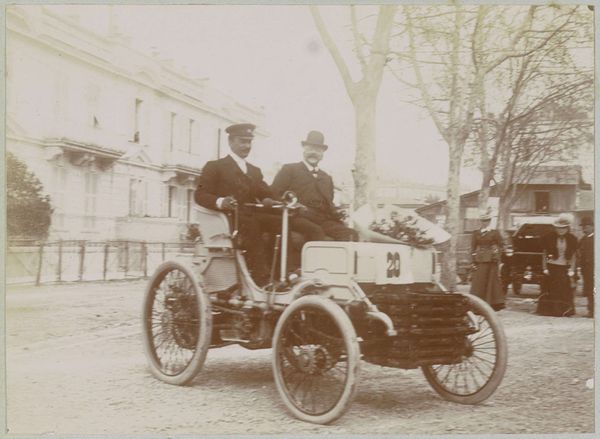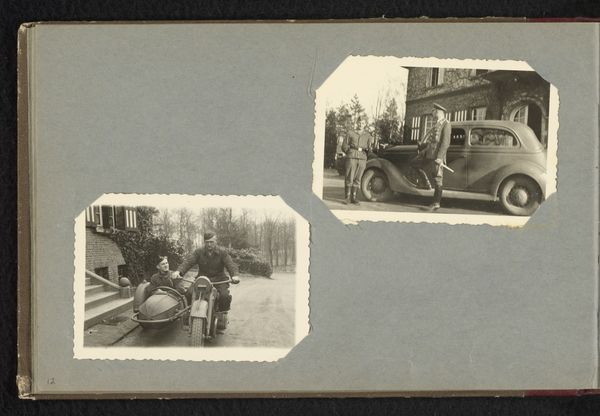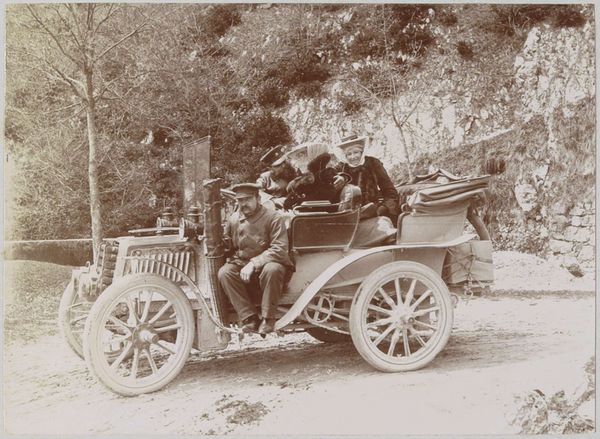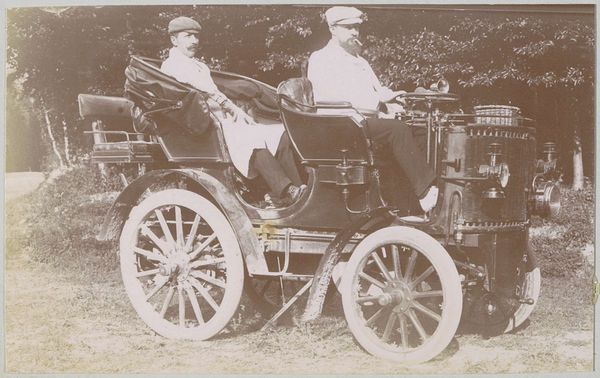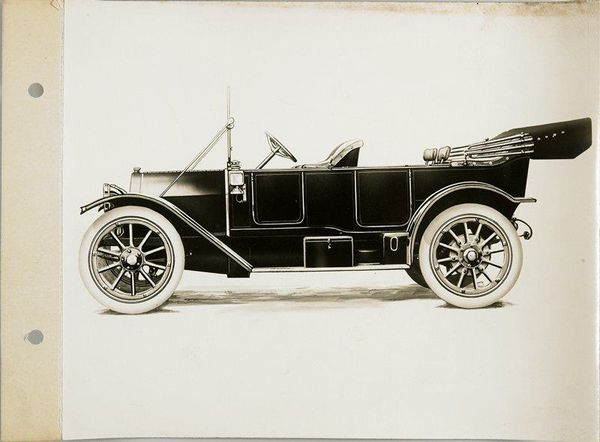
Generaal Cornelis Jacobus Snijders in een auto met twee andere militairen before 1915
0:00
0:00
print, photography
#
portrait
# print
#
archive photography
#
photography
#
historical photography
#
genre-painting
#
history-painting
#
realism
Dimensions: height 73 mm, width 127 mm
Copyright: Rijks Museum: Open Domain
Editor: So, this is a photographic print of "Generaal Cornelis Jacobus Snijders in een auto met twee andere militairen," it's from before 1915 and is attributed to Anonymous. It's a very stiff, formal portrait. I'm curious, what stands out to you about this particular image? Curator: It's interesting to see how the advent of the automobile intersects with traditional portraiture of military figures. The car becomes almost like a modern-day steed, a symbol of power and progress. The figures themselves, stiff and unsmiling, remind me of earlier equestrian portraits where the emphasis was on conveying authority and stability. Do you think that’s intentional here? Editor: I think that's insightful! I hadn't considered how the car replaces the horse, but it definitely makes sense. It’s interesting to see how even with new technology, they adhere to this traditional representation. It also makes me wonder about the context, why take this photo in a car? Curator: Consider what the automobile represented at that time. It was a symbol of modernity and progress but also potential danger, a harnessing of untamed power. By placing the general within that context, what cultural narratives are reinforced here? Are these intended messages for national or foreign audiences? The stiff formality juxtaposed with the 'modern' conveyance becomes more complicated, doesn’t it? Editor: Yes, that makes the symbolism so much richer. It speaks to both the forward momentum of the nation and the importance of steadfast leadership during periods of innovation. This helps me understand the photo’s original social function. Curator: Indeed, and photographs, as relatively new forms of imagery, carried their own symbolic weight. Exploring photography helps us connect past and present with familiar, accessible means. Editor: Thanks. I hadn’t considered this print as more than a historical snapshot before, but I see now there is intentional communication in play.
Comments
No comments
Be the first to comment and join the conversation on the ultimate creative platform.
